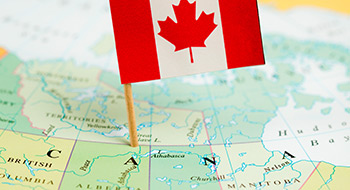

Established in 2010, the pan-Canadian Pharmaceutical Alliance includes all 13 provinces and territories and, since January 2016, the federal government. While the alliance has touted annual savings of $490 million from its negotiations, getting a deal on a particular drug takes time.
The process begins with a review by Health Canada of the drug’s safety and clinical effectiveness, as well as the quality of the manufacturing process. If Health Canada approves it, the various public drug programs decide whether it will be eligible for public reimbursement on the basis of recommendations stemming from the Canadian Agency for Drugs and Technologies in Health’s common drug or pan-Canadian oncology drug review. Among the considerations, the common drug review looks at the drug’s clinical effectiveness and value for money in comparison to other treatments.
Following the review, the alliance decides whether to negotiate jointly for the drug. If it decides to do so, one jurisdiction assumes the lead on the negotiations with the manufacturer. If they reach an agreement, the manufacturer and lead jurisdiction will sign a letter of intent. It’s then up to each participating jurisdiction to decide whether to fund the drug through its public drug plan and enter into a product-listing agreement with the manufacturer.
Read: Private insurers want in as governments boost bulk-buying power
Source: Council of the Federation Secretariat website
